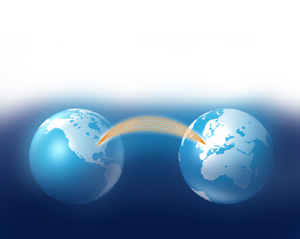The electrocardiogram (ECG) consists of recording the bio-electrical signal of the heart muscles. The heart’s electrical activity is recorded from electrodes on the body surface. ECG is a powerful clinical tool for diagnosing cardiac abnormalities.
The meaning of ECG waves and intervals are here explained.
P-wave: It represents the sequential activation (depolarisation) of the right and left atriums. For normal ECG, the P-wave duration is inferior to 120 ms.
QRS complex: It represents the right and left ventricular depolarisation.
ST - T-wave: This wave represents the ventricular repolarisation.
U-wave: This wave is not always observable and its origin is not clear, but it may represent “afterddepolarisations” in the ventricles.
PR-interval: This is the time interval from onset of atrial depolarisation (P-wave) to onset of ventricular depolarisation (QRS complex).
QRS duration: This is the duration of ventricular muscle depolarisation. It is normally inferior to 100 ms.
QT-interval: It represents the duration of ventricular depolarisation and repolarisation.
RR-interval: It represents the duration of ventricular cardiac cycle. This is an indicator of ventricular rate. For a normal ECG, the heart rate is about 60 - 90 bpm .
PP-interval: It represents the duration of atrial cycle.
I first learn it on my third semester at BME ITB. Thanks to Mrs. Yoke, my favoúrite lecturer..:)

No comments:
Post a Comment